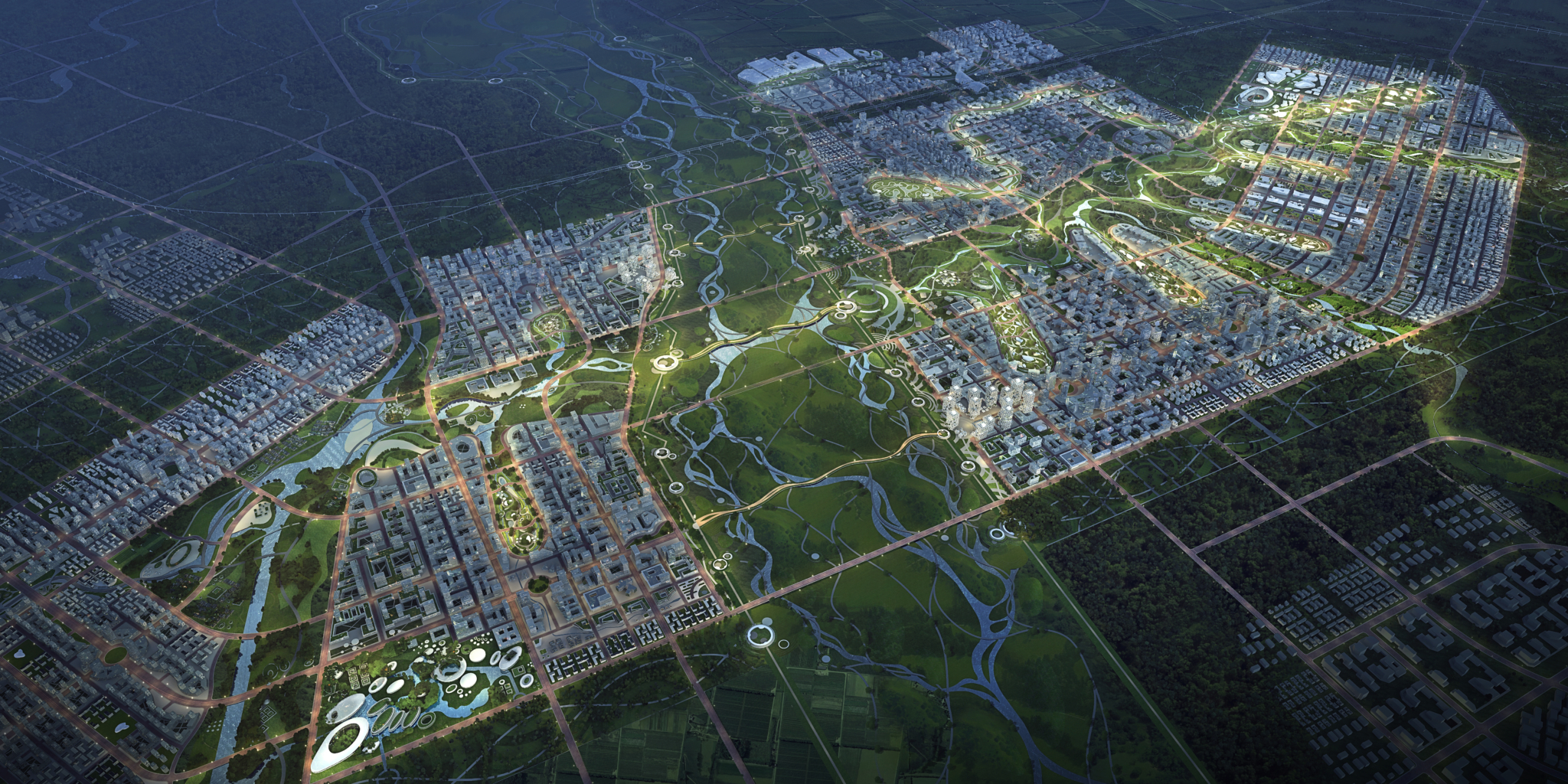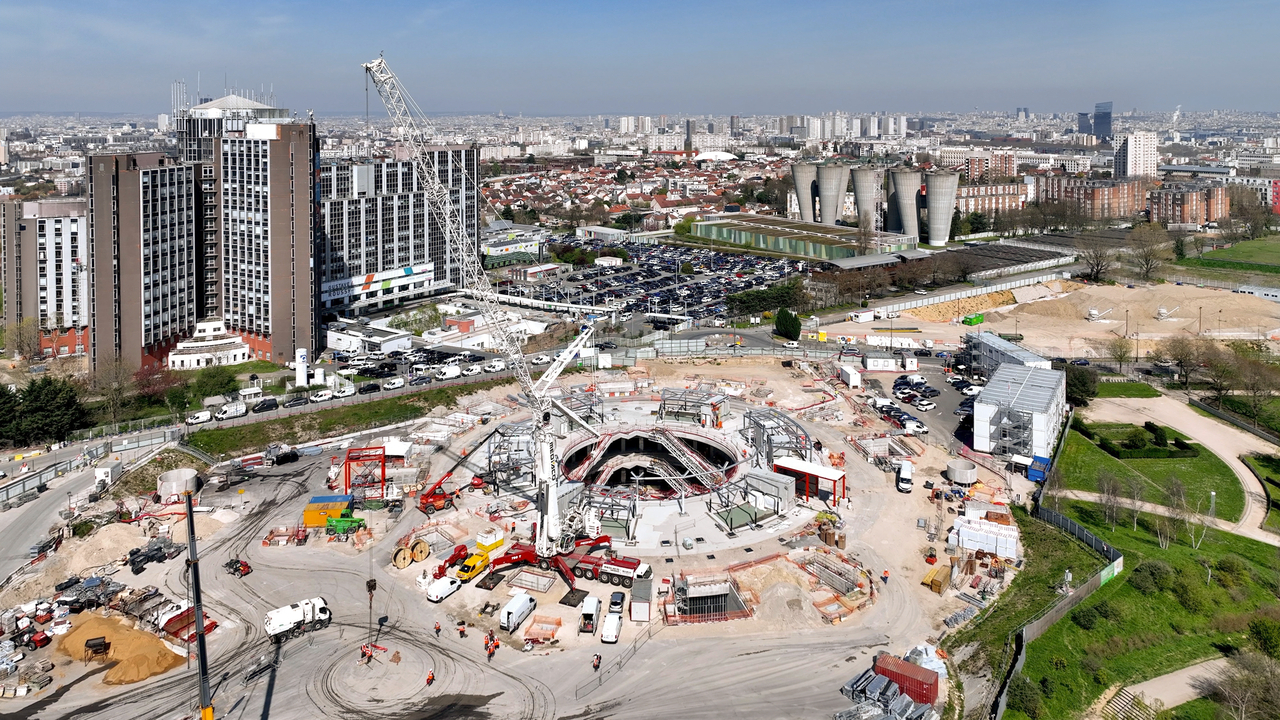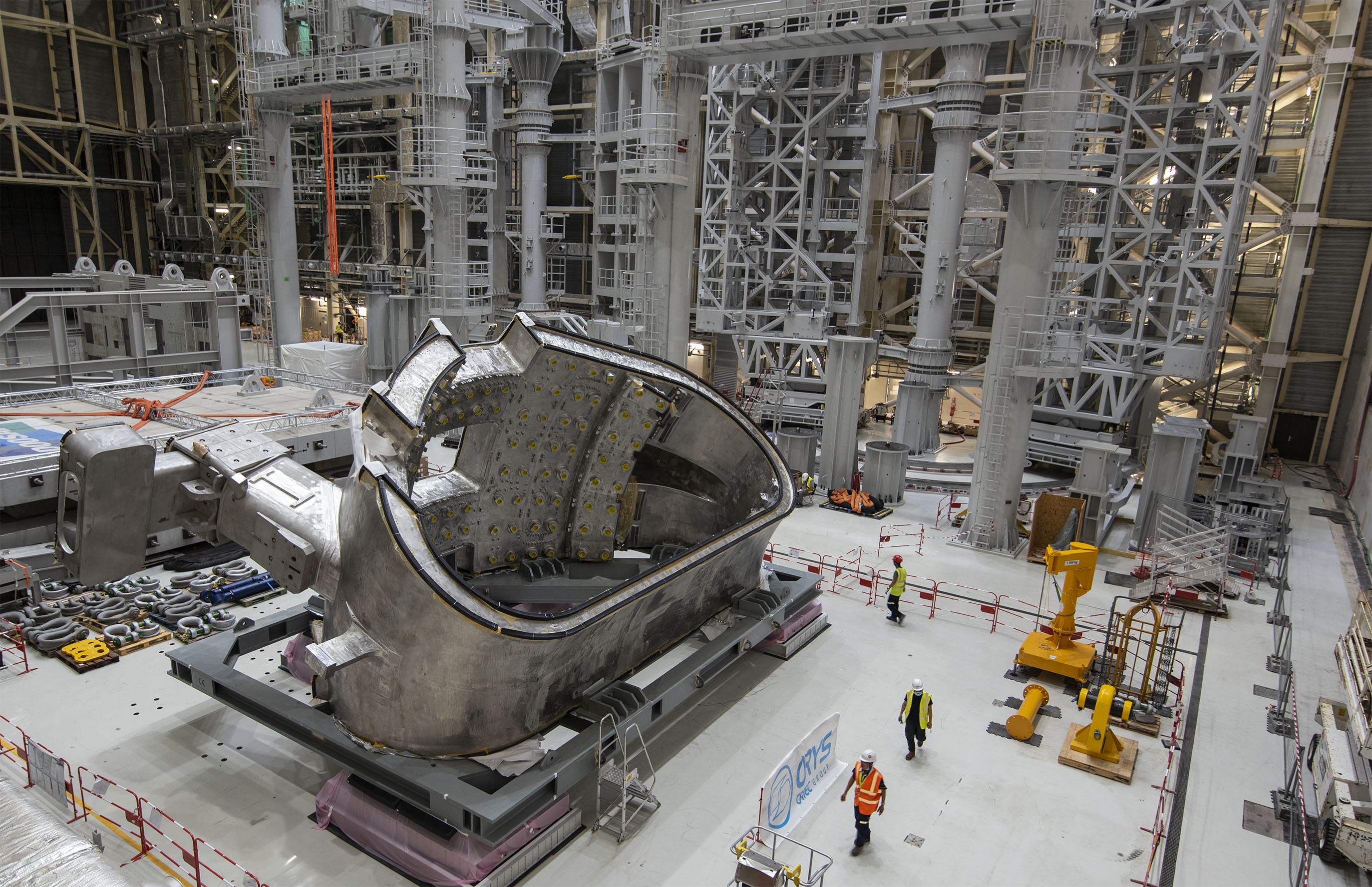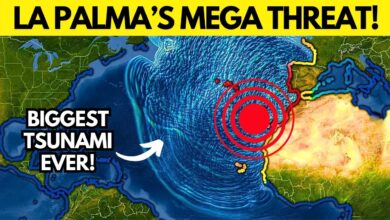If THIS CRAZY MEGAPROJECT Is Completed, WORLD Will Change Forever
The world’s most expensive construction and transportation projects today include the following highlights:

1. **Xiongan New Area, China**: A futuristic megacity in northern China, attracting attention with its modern and sustainable development plan. Started in 2017 and expected to be completed in 2035, the city has a population of 1.5 million and is designed according to the “5-minute walk” principle, allowing residents to access medical services, education, and other infrastructure in just 5 minutes. Xiongan is also a “green city” by banning conventional cars, only allowing electric autonomous vehicles, and has planted more than 14 million trees. The project has an estimated cost of about 95 billion USD.

2. **John F. Kennedy International Airport (JFK), New York, USA**: With the goal of modernizing to become a global aviation hub, JFK airport is undergoing a comprehensive upgrade with plans to build a large terminal to replace the current small terminals, improve traffic to the airport and expand long-term parking areas. Security measures are also being upgraded with surveillance and facial recognition systems. The $19 billion project is expected to be completed by 2030.

3. **Grand Paris Express, France**: The Paris metro expansion project aims to reduce congestion and improve transport access for suburban residents. The project will build four new metro lines and extend two existing lines, adding 200 km of rail. By 2030, the new system is expected to serve 2 million passengers per day. The project cost up to 35 billion USD and was accelerated to serve the 2024 Olympics.

4. **Crossrail (Elizabeth Line), London, UK**: The new 100 km long railway line connects London to the suburbs, helping to reduce travel times and support economic growth. Construction began in 2009, the project was completed in 2022 after many delays. The total cost of the Elizabeth Line is 18.25 billion GBP.

5. **High-speed rail network, China**: This is the world’s largest high-speed rail network with a total length of more than 37,000 km, connecting major cities at speeds of up to 350 km/h. The cost of building this network has exceeded 100 billion USD. The project has shortened travel times between cities, promoted economic development and reduced pollution.

6. **Stuttgart 21, Germany**: The rail infrastructure renovation project in Stuttgart aims to build a modern underground station, reduce travel times and facilitate urban development. The project involves demolishing the old station and building a new underground station with a system of tunnels and extended tracks. The project was initially estimated to cost 2.5 billion EUR but is now estimated to cost 11 billion EUR and is expected to be completed in 2025.

7. **ITER (International Thermonuclear Reactor), France**: One of the most ambitious energy projects with the goal of developing fusion technology for commercial use. The structure is more than 70 meters high and weighs 23,000 tons. If successful, ITER could generate temperatures of up to 150 million degrees Celsius, making the reactor area the hottest and coldest place on the planet.
8. **Ider Nuclear Power Project**:
The Ider Power Project, with a total investment of up to 25 billion USD, is expected to open a breakthrough in the development of sustainable energy, if the thermonuclear reaction becomes feasible. This project can provide a clean and abundant source of energy without causing negative impacts on the environment like current fossil fuels.
9. **Mumbai-Ahmedabad High Speed Railway, India**:
This is India’s first high-speed rail project, connecting the cities of Ahmedabad and Mumbai. The 508 km long route includes a 27 km underground section and the rest is viaduct and above ground. When completed, the travel time between the two cities will be reduced from 8 hours to 2 hours. The trains will be equipped with special cooling systems to cope with India’s harsh weather, with a capacity of 1,300 to 1,600 passengers.

10. **South Korea Coastal Protection Wall**:
A project to build a giant seawall along the coast to protect Seoul from rising sea levels and natural disasters. The structure, made of reinforced concrete and hundreds of meters high, is expected to protect millions of people and infrastructure. However, the project has been criticized for its environmental impact and the risk of dividing communities.

11. **Silicon Valley and BART System Development**:
The second phase of the BART expansion in Silicon Valley, USA, aims to extend the system by 10 miles to serve more than 54,000 passengers per day by 2036. The project will help strengthen regional connectivity and spur economic development in the tech hub.

12. **High-Speed 2 (HS2), UK**:
The HS2 high-speed rail project, initially estimated to cost $47 billion, has grown to more than $84 billion and will connect London and Birmingham. The project is expected to reduce travel times, enhance economic connectivity and reduce emissions.

13. **California High-Speed Rail, USA**:
The California high-speed rail line connects San Francisco to Los Angeles over a total distance of 1,249 km. The $128 billion project aims to boost economic growth and reduce greenhouse gas emissions in California.

14. **Gateway Program, United States**:
The Gateway Project improves rail infrastructure in the Northeast Corridor between New Jersey and New York with the goal of increasing reliability and capacity. At a cost of $16 billion, the project includes building a new tunnel under the Hudson River and repairing the existing tunnel.
 15. **Sydney Metro Expansion, Australia**:
15. **Sydney Metro Expansion, Australia**:
Sydney is expanding its subway network by 15.5 km, expected to connect the suburbs with the city center. The $25 billion project will reduce traffic congestion, improve quality of life, and meet the mobility needs of residents.
16. **LNG Canada, Canada**:
The LNG Canada project builds a liquefied natural gas export terminal in British Columbia, Canada. This is an effort by five major companies, including Shell and Mitsubishi, to increase Canada’s clean energy export capacity.
These projects represent trends in sustainable infrastructure, transportation connectivity and clean energy, demonstrating the efforts of countries to improve the quality of life and sustainable economic development.








